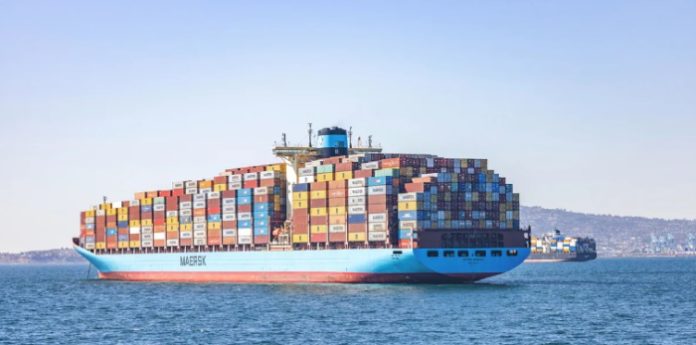
-
Asia-US West Coast 40-ft container rates have fallen this week to US$4,345 per FEU, 70% below January 2022 levels and 79% y-o-y down on the Freightos Baltic Global Index
-
Asia-US East Coast prices eased 4% to $8,688/FEU, or 61% y-o-y lower
-
Dry bulk freight rates, meanwhile, having likely peaked in Q2, will enter a volatile decline before recovering in 2023, according to S&P Global Market Intelligence
Asia-US box rates are 70% lower now than in January, with prices to West Coast ports sliding 20% this week to start September at US$4,345 per FEU, Freightos Baltic Global Index (FBX) said.
Meanwhile, dry bulk freight rates have continued to fall over the past three months, S&P Global reported, with bulk rates speculated to have likely peaked in the second half of 2022. It said the path to lower rates will be volatile near term before recovering in 2023.
Freightos said the US$4,345 rate per 40-foot equivalent unit (FEU) container on the Asia-US West Coast trade also represented a 79% plunge from the same time last year.
This week, Asia-US East Coast prices decreased 4% to $8,688/FEU and are 61% lower than rates for this week last year, the report said.
“This decrease reflects falling demand for freight, both because of excess inventories among some importers as inflation reduces spending among some consumers and others shift to other types of goods and services as the pandemic recedes, and because many retailers pulled peak season orders earlier in the year to avoid delays,” Freightos said.
The analysis said falling demand and the likely peak season coming in the second quarter coincided with easing backlogs and congestion in the Ports of Los Angeles and Long Beach, keeping more vessels moving as growing available capacity and pushing Asia-US box rates down on this lane.
Much of that congestion has shifted to East Coast and Gulf ports and is likely a factor keeping Asia-US East Coast rates from falling as dramatically as on the West Coast, Freightos said.
Asia-Northern Europe rates also fell sharply this week. At $7,845/FEU, they are now about 25% lower than the level held from May to early August. As volumes on this lane continue to slump, carriers have begun blank sailings, or cancelling port calls, to keep their other ships full.
Freightos said despite all these declines, ocean prices remain well above the norm: transpacific rates are about triple their level in September 2019 and Asia-Northern Europe prices are five times as high. So, even with falling demand, congestion and other factors could keep the slide gradual.
Meanwhile, S&P Global Market Intelligence said it expects the Baltic Dry Index (BDI) to fall 20-30% on the year to average 1,300-1,400 points in 2023 before recovering to average of 1,400-1,500 points in 2024.
“Much reduced port congestion level, along with weaker cargo arrivals, was one of the major reasons behind the significant decrease in freight rates. Based on expectation of weaker trade volume, we do not expect extremely high congestion again in the coming quarters,” said S&P Global said in its latest dry bulk freight market outlook that.
The carbon intensity indicator (CII), a new International Maritime Organization regulation to be implemented in 2023, would raise demurrage to reduce idling time and prevent further upside risk in congestion in coming years. Significant drops in freight rates will likely discourage sailing acceleration with lower bunker prices in the short term.
Earlier-than-expected change in China’s “zero-COVID” policy and ceasefire agreements in Russia-Ukraine war would remain major upside risks to dry bulker freight rates. On the other hand, strong domestic coal production in mainland China and fast-declining container demand with global recession remain major downside risks in the medium and long term.




